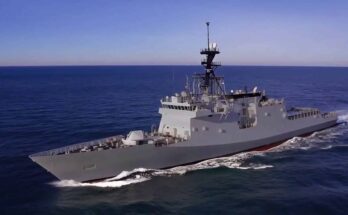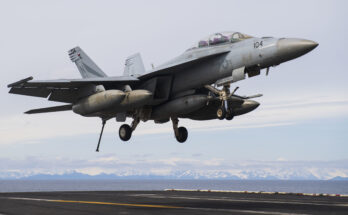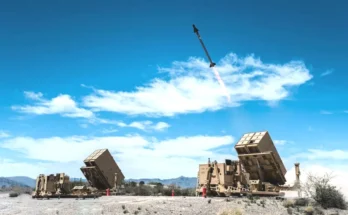
In remarks earlier this week, Lockheed Martin CEO Jim Taiclet revealed plans to make the F-35 optionally piloted in a “relatively modest time frame.” In addition to autonomizing the fighter, Taiclet outlined potential upgrades, including new stealth coatings, electronic warfare modernization, and adjustments around the engine intakes and nozzles to optimize performance.
The F-35 improvements fall in line with comments made in April following Lockheed Martin’s loss to Boeing for the U.S. Air Force’s Next Generation Air Dominance (NGAD) program. Boeing secured the estimated $20 billion engineering and manufacturing development contract for the NGAD F-47 fighter. In response, Lockheed has teased the possibility of a “fifth-generation plus” F-35 that could provide most of the projected sixth-generation fighter capabilities at a fraction of the estimated cost of an NGAD fighter.
Although the company has yet to release specifics on how it could add autonomy to the F-35, AI-piloting work is already underway on a Lockheed-built fighter. Last May, then-Secretary of the Air Force Frank Kendall flew on the X-62A VISTA (Variable In-flight Simulator Test Aircraft), a modified F-16 test bed. During the flight, autonomous software provided by Shield AI successfully conducted a simulated dogfight against a manned F-16, showcasing real-world combat maneuvering by an AI pilot.
Shield AI, alongside the Defense Advanced Research Projects Agency (DARPA), is testing and maturing autonomous piloting capabilities—technology that could scale to other military aircraft. The Air Force’s Collaborative Combat Aircraft (CCA) program is one notable example. General Atomics and Anduril are currently ground-testing their prototypes and could deploy the semi-autonomous drone wingmen alongside manned fighters in the next few years.
Introducing optionally piloted or fully autonomous capabilities to legacy and current-generation fighters, like the F-16 and F-35, could provide the Pentagon with greater flexibility as it balances technological innovation with cost pressures.
With next-generation fighters like the F-47 projected to cost between $150 million and $200 million per unit, possibly more, optionally manned alternatives may offer a more cost-effective solution for both domestic and international defense customers. Recent Forecast International cost estimates place the Block 70/72 export F-16 variant and the average F-35 across all models at $63 million and $98 million, respectively.
As the race to field sixth-generation fighter technology intensifies, autonomous piloting is poised to define the next era of air combat. If aerospace builders like Boeing, Lockheed Martin, and Northrop Grumman can quickly incorporate these capabilities into production aircraft, either through in-house or partner software development, they could widen the fighter market to meet customer needs in the years ahead.
Join Forecast International at the Paris Air Show to gain valuable insight into the evolving dynamics of the global defense market. Traditionally regarded as insulated from broader economic fluctuations, the defense sector is now increasingly impacted by global economic forces. Tariffs, trade disputes, and rising economic nationalism are introducing new complexities that affect the stability, cost-efficiency, and resilience of critical defense programs.
For over 50 years, Forecast International has been a trusted authority in aerospace and defense intelligence. Our mission is simple yet vital: to equip industry leaders with the data-driven insight and strategic foresight needed for confident, informed decision-making. Visit us at Hall 3, Booth C164 to learn how our expert analysis can strengthen your planning and elevate your strategy.
Schedule a time with Jon in Paris.

A former naval officer and Seahawk helicopter pilot, Jon currently leads the Military Aerospace and Weapons Systems group at Forecast International. He specializes in current and emerging military fixed and rotary-wing aircraft. With over a decade of experience in military aviation, operations, and education, he forecasts a diverse range of defense and naval systems.
Influenced by his time as a former Presidential Management Fellow and International Trade Specialist at the Department of Commerce, Jon gained insights into government operations and global markets.
Before joining Forecast International, he served as an NROTC instructor and Adjunct Assistant Professor at the University of Texas, teaching undergraduate courses in naval history, navigation, defense organization, and naval operations and warfare.




